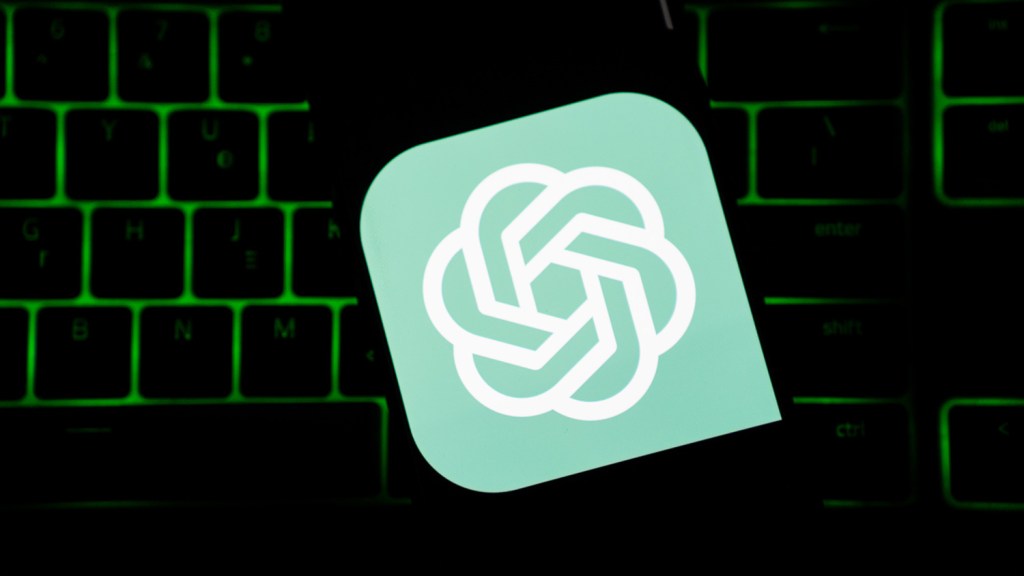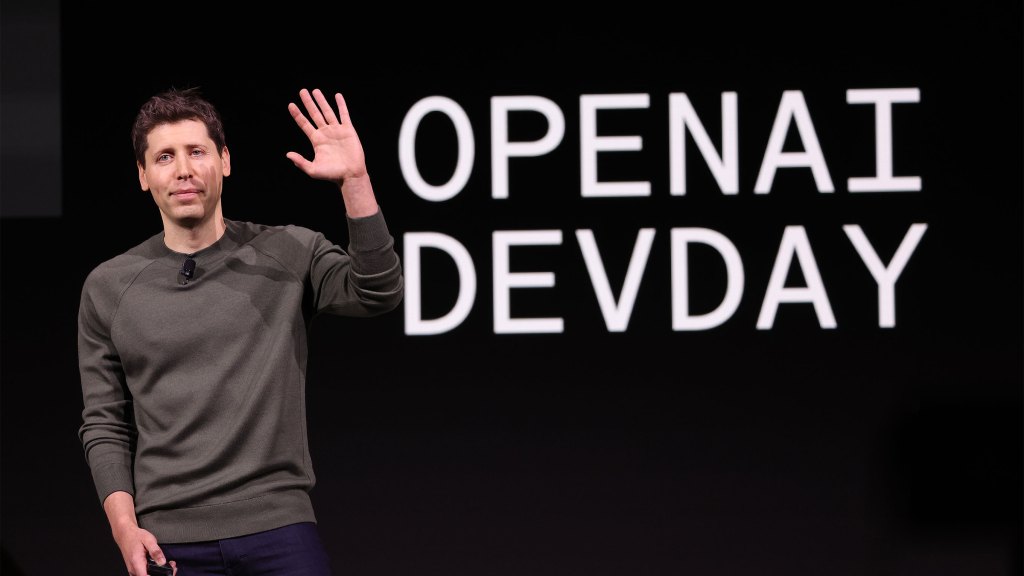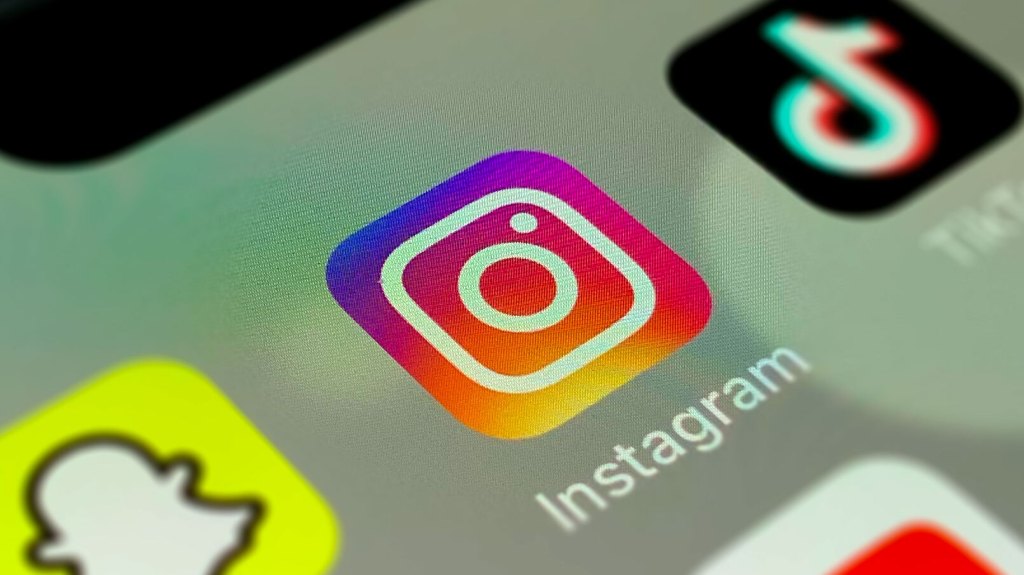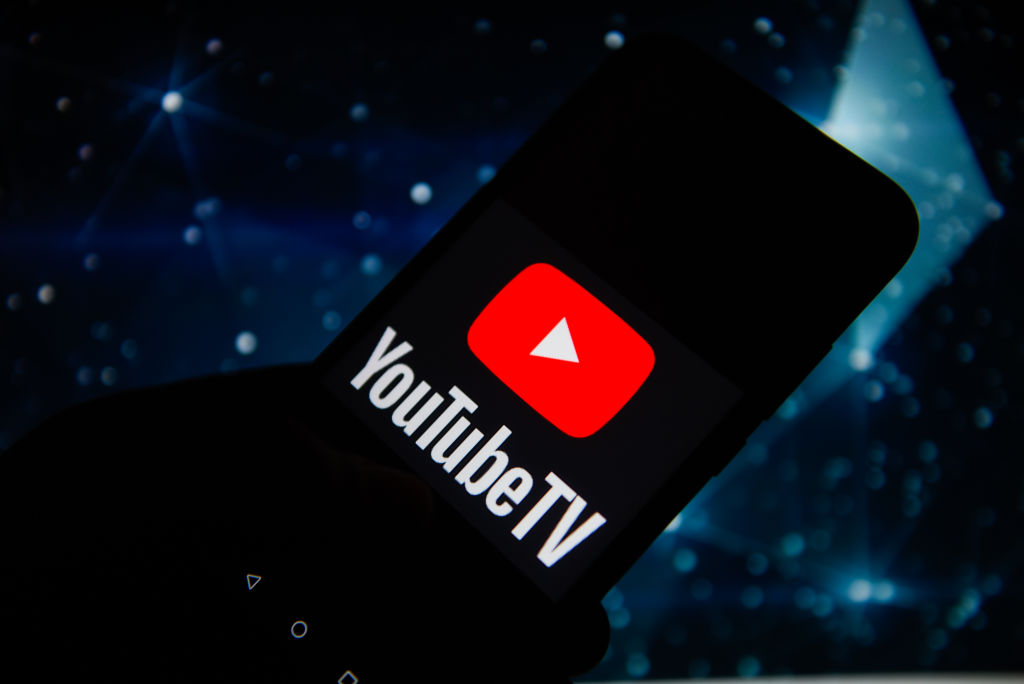Young startups need to be great at design, not just for their products, but for their brands. The pandemic made that all harder — but lessons are being learned. We caught up with Scott Tong, a startup design expert who advises early-stage companies, to learn more.
The office may still be the best place to hash out big multiteam decisions, he says, but new best practices and modern tools are making remote collaboration easier and easier.
Brand design seems to only be getting trickier, however. “To users,” he explains, “brand and product are lumped together and they each represent the other.”
Today, many users have spent lots of time at home online, often thinking harder about world events and how they are living their lives. They’re scrutinizing what they can observe about a startup to see if its values line up with theirs before they make a decision to sign up (or quit).
The solution, in Tong’s view, is to create a unifying plan where design decisions can address problems before they emerge.
More details are in the interview below. For a full conversation, check out Tong’s talk about design strategy coming up at our TC Early Stage 2021 – Marketing & Fundraising conference on July 8.
The pandemic affected us all. How has it affected user-focused brand design?
The pandemic drove people to consume even more media than before. News about science, politics, race and the economy were unavoidable. Brands have had to navigate a very complex landscape of topics that can be divisive. People increasingly identify with brands that are aligned with their values. But in order to understand a brand’s values, someone has to sift through competing signals — some from the brand itself, and others from vocal supporters and critics. Say the wrong thing and a brand can risk alienating large portions of their audience (including their own employees). If a brand says nothing, their silence can be interpreted as complicity. And if brand messaging comes across as unauthentic, it could spell disaster. It’s a difficult needle to thread. It’s not uncommon for companies to run surveys to gather signals about how their brand is perceived by customers and noncustomers alike.
What new things about users should startups consider when working on designing their identities? What are you advising startups now about designing their brands, versus what you said circa December 2020?
Identities are only one part of a much larger constellation of touch points that make up a user’s perception of a brand. User expectations are extremely high and will continue to rise. Even with their free products, users have gotten accustomed to highly polished experiences. While “high quality” is table stakes for users, the challenge for a company is to pinpoint the handful of dimensions that matter most. That’s why constantly seeking to understand users is so important. Deeply understanding what they care about will help isolate those critical dimensions so teams can focus on areas that will drive the most meaningful impact.
Founders, help TechCrunch find the best growth marketers for startups.
Provide a recommendation in this quick survey and we’ll share the results with everybody.
What do startups continue to get wrong?
One recurring observation is that brand teams and product teams often sit in different parts of a company’s org structure. While there are reasons for this, it’s important to remember that users don’t care about your org structure. To users, brand and product are lumped together and they each represent the other.
Internally, how are companies handling internal challenges like collaborative designing in a more remote world? In-person communication has been vital historically to get all parts of a company thinking in the same way. What is helping those who have gone remote-first succeed (tools, approaches to meeting and documentation, etc.)?
Collaboration tools have never been more abundant. But while tools are plenty, norms around their usage can vary significantly from group to group, even within the same company. Where can I find the project brief? How many back-to-back meetings is too many? How are brainstorms run in a virtual environment? When do I use Slack versus email? Establishing those norms requires conversation and experimentation.
Along with norms around tools, it’s helpful to establish a cadence/rhythm that allows team members to get and stay in sync. Depending on the team, that cadence may be daily, weekly, biweekly, monthly or quarterly, etc., but find the appropriate cadence for each audience.
Alternatively, do you think the demands of good design work will motivate more early-stage startups back into in-person office work?
There are varying opinions on whether being in-person spurs innovation or productivity. The pandemic has forced us all to adapt, and design is no exception. It’s been encouraging to see good design happen in remote work environments, and a lot of that has been enabled by tools and the norms around their usage. While I personally would prefer being in-person, especially at the early stages of company building, I think it’s entirely possible to establish a high-functioning team in a remote environment. Of course there are cases — like hardware or soft goods — where tactile feedback is important and hard to replicate remotely. But even then I’ve seen some successful workarounds (for example, sending the same material sample to every team member). Given that this is all still very new, there will inevitably be hiccups along the way. But a team of willing participants with the right mix of tools and norms can make it work.
Overall, with more teams remote and distributed, it may be even more natural than before to work with a third-party brand design expert. When do you advise startups to bring in an outside consultant today, and how should they work with them?
This depends largely on how design is valued within an organization — as a service or as a partner.
If design is viewed as a partner, then the relationship is ongoing and iterative. This means design is a function that builds, measures and learns alongside their product and engineering counterparts and the benefits of institutional knowledge compound over time.
If design is viewed as a service, third parties make sense, because in a service relationship there is usually a defined beginning and end to an engagement. Clear scope, timeline and deliverables will set this kind of service relationship up for success.































Comment